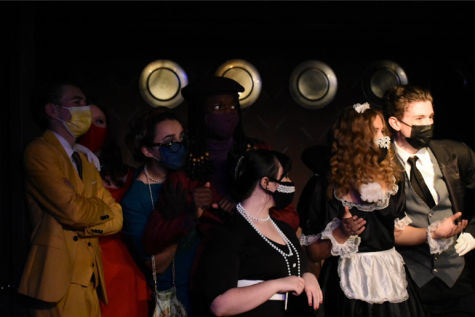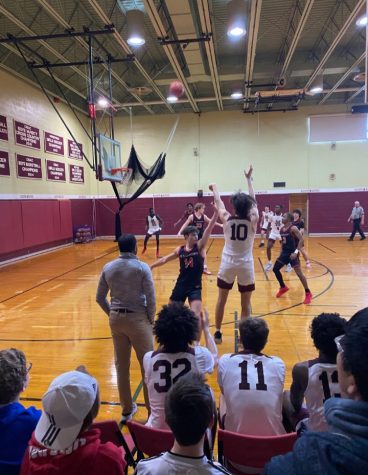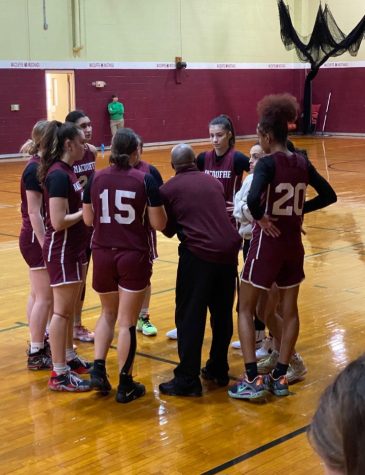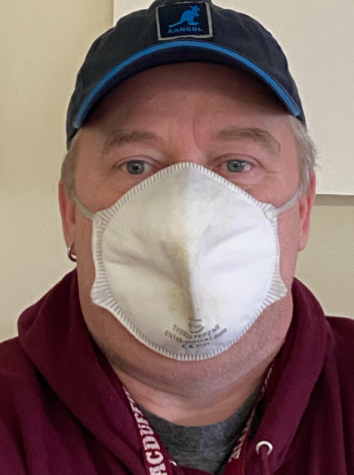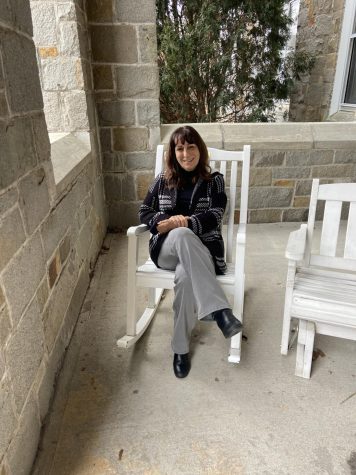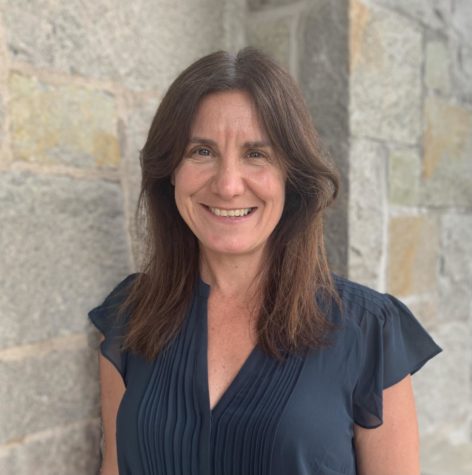When Midterms Don’t Mean Exams: How MacDuffie’s Future Voters Got Involved in the Recent Elections
November 8, 2018
On Tuesday, November 6, citizens of the United States had the chance to vote for candidates from their states running for an array of positions spanning the local, state, and national levels as well as voice their opinions on ballot questions that could enact or repeal integral laws in their state. Although the majority of MacDuffie students have not yet reached the legal voting age, this has not stopped the community from getting involved in the midterm elections in a variety of ways.
The 2018 midterms featured 435 open House of Representatives seats, 33 open Senate seats, 6,000 available state positions (including elections for governor in 36 states), and many more local positions. Some of the main issues of debate in this election cycle included healthcare, gun control, immigration, and education.
In a self-selected survey sent out to the students and faculty of MacDuffie one week before the elections, nearly 90% of respondents reported that they were aware that the midterm elections would be occurring soon and 80% said that they knew of somebody who was planning on voting in these elections. In fact, one-third of respondents expressed the highest level of interest in these elections, which indicated that they felt strongly towards a particular candidate or party and intended to support this candidate or party by means of voting or participating in a campaign event.
The MacDuffie community reflected this reported interest in the form of a voter registration drive held by the recently formed High School Democrats club from October 15-17. This event allowed students with U.S. citizenship to pre-register to vote in this year’s midterms or a future election in the hopes of boosting the average voter turnout in midterm elections.
Even if MacDuffie students were not yet eligible to vote, this did not deter them from educating themselves on the candidates running in the elections and getting involved in campaigns. Freshman Edinam Ablordeppey shared that she was particularly knowledgeable of Elizabeth Warren, who was the incumbent Senatorial candidate running in perhaps the most noteworthy election in Massachusetts, facing Geoff Diehl (R), and Shiva Ayyadurai (I).
“I know Elizabeth Warren is re-running for U.S. Senate; I actually went to one of her debates when she talked in Holyoke,” Ablordeppey said.
While the survey sent out to the community indicated that about half of respondents knew one or more of the candidates running in the elections, an even greater percentage (nearly two-thirds) reported that they were familiar with one or more of the three ballot questions relevant to the elections. In Massachusetts, the ballot questions administered to voters involved three highly-contested issues: patient-to-nurse limits, the formation of a commission to limit election spending, and the prohibition of discrimination based on gender identity.
Ablordeppey additionally said that she knew of the ballot question regarding the patient-to-nurse limits and personally felt that these limits should not be implemented in hospitals.
“By limiting the patients nurses have, they could eventually…make the administration hire more nurses, which I think is our end goal,” Ablordeppey said, adding, “But I don’t really feel that’s like the right way because even though that’s an end goal, that takes time, and as of right now, by limiting the number of patients, fewer people can access [nurses], meaning longer waits. And then [nurses] can’t treat some of the patients.”
Ablordeppey wasn’t the only student who knew about the first ballot question; Freshman Mariel Baez mentioned that she was familiar with the issue regarding the patient-to-nurse limits because her sister was a nurse. Junior Daniela Tishchenko said that she had learned about this ballot question after seeing campaign signs in her community.
“On my drive home, I see one…poster saying ‘nurses say yes on question number one’…less than a mile down the road there’s another poster that says ‘nurses say no,’” Tishchenko said, detailing her confusion.
Junior Chloe DeAngelis additionally said that this ballot question had the potential to confuse voters, although she felt that the third question posed significantly more confusion. DeAngelis canvassed for this ballot question, which focused on keeping or repealing a 2016 law that prohibits the discrimination against transgender individuals in public places.
“I think question number three aims to confuse the voter into voting because you vote ‘no,’ like ‘I don’t want the rights to be repealed,’ but you have to actually vote ‘yes’…They aim to confuse you, I think, to get the votes,” DeAngelis said, citing the uncertainty that surrounds having to choose a ‘yes’ or ‘no’ answer.
Regardless of their knowledge or participation in these elections, all of the students interviewed agreed that voter turnout is vital in the modern election process and said that they planned to vote in midterm elections once they reached the legal voting age.
“If I want to see change, I have to do something about it; voting is the best thing I can do for that,” Baez said. Tischenko echoed Baez’s sentiments as she said, “It’s important to have your voice like heard…if you’re…a citizen, then you should be able to have a say in the government that’s governing you.”
DeAngelis also spoke of the importance of using voting to create positive change and explained why she wanted to vote. “I want to…be able to…participate in democracy. And I don’t want to complain about the way things are in the country and still not do anything about it,” she said.

